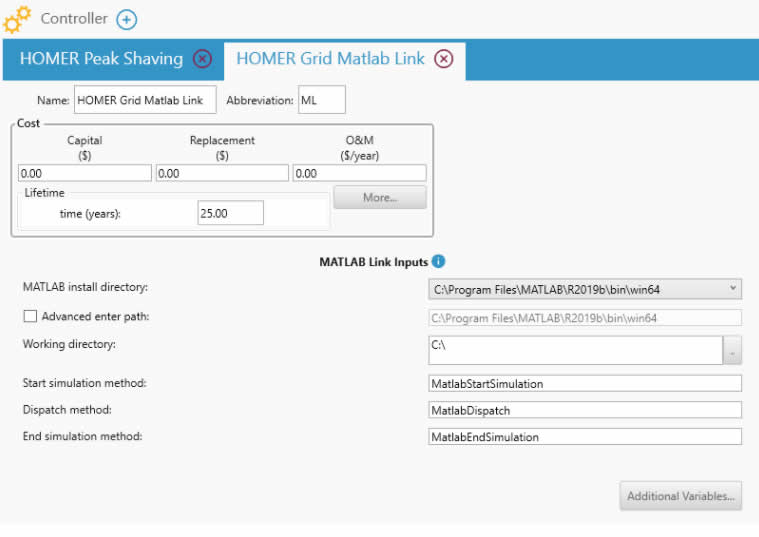

NPR transcripts are created on a rush deadline by Verb8tm, Inc., an NPR contractor, and produced using a proprietary transcription process developed with NPR. Visit our website terms of use and permissions pages at for further information. And NASA hopes the asteroids give us similar insight into our own origins.įor NPR news, I'm Brendan Byrne in Orlando.Ĭopyright © 2021 NPR. That's the 3-million-year-old skeleton of one of our early ancestors discovered in the 1970s. In fact, the spacecraft is named after the Lucy fossil. LEVISON: So these things really are the fossils of what planets formed from, right? We understand planets formed as these things hit each other and grew and competed, and these are the leftovers of that.īYRNE: Those leftovers will help us understand how our early solar system evolved, even our own planet. Levinson (ph) says they're different colors, which could offer clues about where these asteroids came from. It's only about the size of a small car but has these massive circular solar arrays that make it look like a mouse.ĭONYA DOUGLAS-BRADSHAW: You deploy those amazing solar arrays, cutting-edge solar array, and on end, the spacecraft spans about four stories.īYRNE: Lucy's 12-year journey will take it to eight asteroids. The $981 million spacecraft came together in about 14 months, says NASA's Donya Douglas-Bradshaw. It's doing an intricate orbital dance and is going farther into the solar system than any other solar-powered spacecraft. Levinson (ph) is leading the Lucy mission, sending a spacecraft to the Trojan asteroids. So if you put an object there early in the solar system history, it's been stable forever.īYRNE: They've been stuck there like a collection of cosmic fossils. HAL LEVISON: They're held there by the gravitational effect of Jupiter and the Sun. But NASA's Hal Levinson (ph) said some have clustered into areas near Jupiter. But a tiny bit of that cosmic stuff is still out there in asteroids and meteors and comets. Most of that material became what is now our sun.

Some 4.5 billion years ago, a dense cloud of gas and dust collapsed, spewing material all around. From member station WMFE in Orlando, Brendan Byrne explains.īRENDAN BYRNE, BYLINE: The birth of our solar system was messy. It's on the hunt for cosmic fossils that might hold the key to how our solar system was formed. It will travel billions of miles into our solar system. A spacecraft called Lucy is set to launch tomorrow from Cape Canaveral on a 12-year journey.


 0 kommentar(er)
0 kommentar(er)
